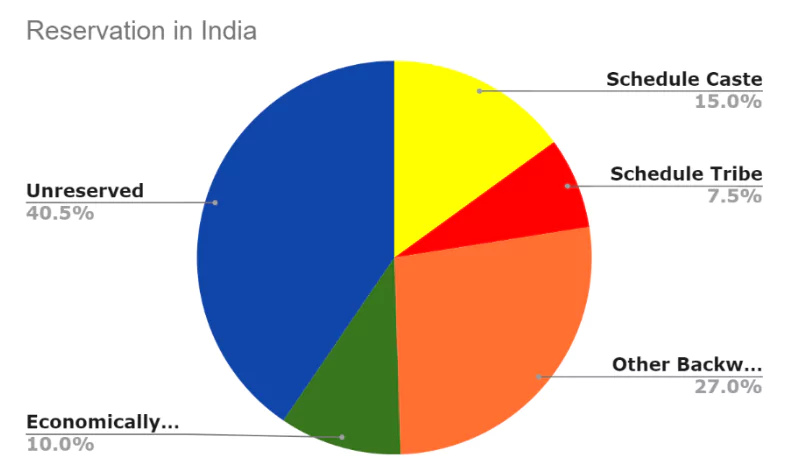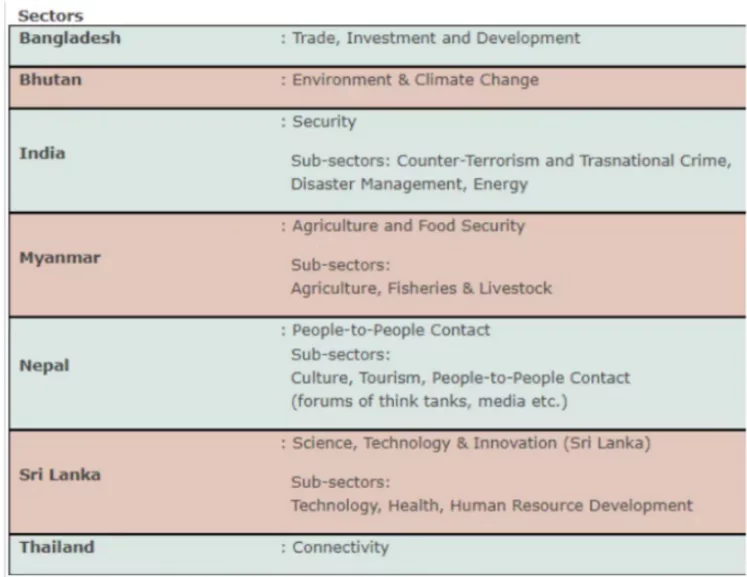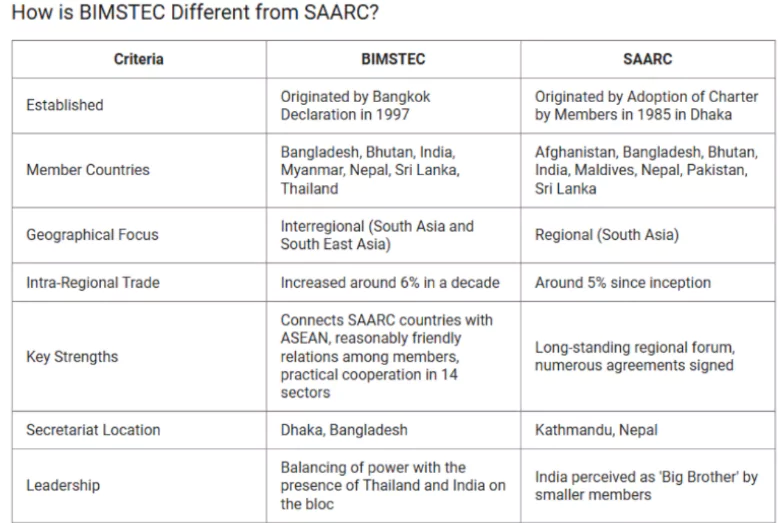Golan Heights
|
Golan Heights:
|
Lithium Deposits |
Lithium:
Estimated Reserves
|
Asian Disaster Preparedness Centre |
Asian Disaster Preparedness Centre:
|
Cultural Property Agreement |
Cultural Property Agreement
Efforts to Prevent Antiquities Smuggling
National Level:
|
Critical mineral blocks |
Critical Minerals:
|
Ariel’s Surface |
Key Findings:
About the Uranus Mission:
About Uranus:
Physical Characteristics:
Unique Features:
|
South Africa’s new law on climate change |
Climate Change Act:
|
21st Khaan Quest exercise |
Exercise KHAAN QUEST
|
The misuse of the OBC Non-Creamy Layer Reservation provision (NCL) by Probationary Indian Administrative Service (IAS) officer Puja Khedkar coupled with multiple disabilities certificates has raised issues surrounding the creamy layer in OBC reservation.
 OBC Reservation: It was introduced in 1990, by the then V. P. Singh government based on Mandal Commission (1980) recommendations.
OBC Reservation: It was introduced in 1990, by the then V. P. Singh government based on Mandal Commission (1980) recommendations.
India has successfully prevented the inclusion of Aquilaria malaccensis (agarwood) in the Review of Significant Trade (RST) of Convention on International Trade in Endangered Species of Wild Fauna and Flora (CITES).
CITES (Convention on International Trade in Endangered Species) of Wild Fauna and Flora
Objective of CITES:
Classifications of CITES Appendix:
Review of Significant Trade (RST)
|
|---|
Recently, the Ministry of Culture has initiated the National Mission on Cultural Mapping (NMCM).
Cultural mapping provides “an integrated picture of the cultural character, significance, and workings of a place” in order to help communities recognise, celebrate, and support cultural diversity for economic, social and regional development.
MGMD is a pan-India initiative of the Ministry of Culture under the National Mission on Cultural Mapping and was launched in July 2023.
The Reserve Bank of India (RBI) has introduced a Prompt Corrective Action (PCA) framework to improve the condition of weak Urban Cooperative Banks (UCBs).
Supervisory Action Framework (SAF)
|
|---|
PCA stands for Prompt corrective action. It is a system imposed by the RBI on banks in case of financial stress. This framework will replace the existing Supervisory Action Framework (SAF).
The RBI will put a UCB under the PCA framework if it meets any of the following conditions:
When RBI puts a bank under PCA, it imposes restrictions and offers guidelines to help improve the overall financial health of the bank.
The new framework aims to strengthen the banking system by identifying and addressing issues in urban cooperative banks early on, ensuring the safety of depositors’ money.
Co-operative Banks
Governing Laws
Features of Co-operative Banks
Differences Between UCBs and Commercial Banks
|
|---|
Recently, President Droupadi Murmu appointed Governors for Rajasthan, Telangana, Maharashtra, Punjab, Sikkim, Meghalaya, Assam, Jharkhand and Chhattisgarh
Recent examples
|
|---|
Recently, India hosted the 2nd BIMSTEC (Bay of Bengal Initiative for Multi-Sectoral Technical and Economic Cooperation) Foreign Ministers’ Retreat.
The retreat was held in preparation for the sixth summit meeting, scheduled for September, in which the BIMSTEC leaders will meet in person for the first time in the post-pandemic era.
| First Segment |
|
|
|
|
| Second Segment |
|
|
|
|
|
|
|
| Bilateral Merits: |
|
|
|
|
BIMSTEC is a regional organisation of seven Member States lying in the littoral and adjacent areas of the Bay of Bengal, cooperating across seven diverse sectors.

 Distinctive Features of BIMSTEC:
Distinctive Features of BIMSTEC:
The group has a combined population of 1.8 billion, or about 22% of the global population and its combined GDP was $4.5 trillion as of 2022, which was about 4.4% of world GDP, per World Bank data. As per UNCTAD, the states had a combined external trade of $1.95 trillion, or about 6% of world trade.

Following challenges have been faced by BIMSTEC that need to be tackled:
Regional integration is no longer an option but an essential part of a national policy in this age of shared challenges such as trade protectionism, war, climate issues, and energy security, among others. Also, BIMSTEC can draw lessons from ASEAN’s success in multilateral cooperation.
This year marks a decade of India’s Act East and Neighbourhood First policies, and the thrust on BIMSTEC is a manifestation of India’s efforts to continue nurturing collaborative growth for national and regional well-being.
About Bangkok Vision 2030Bangkok Vision 2030 would be an overarching kind of document to guide BIMSTEC towards a prosperous, resilient and open region by 2030.
|
|---|
Union Cabinet Approves National Sports Policy 2025...
What are Altermagnets? A Breakthrough in Magnetism...
India’s 7-Point Strategy for Sustainable Gro...
Cabinet Approves Employment Linked Incentive Schem...
INS Udaygiri Delivered Under Project 17A to Indian...
SC Issues Implemented Reservation Roster for SC/ST...
<div class="new-fform">
</div>